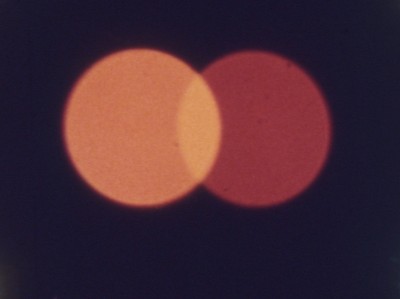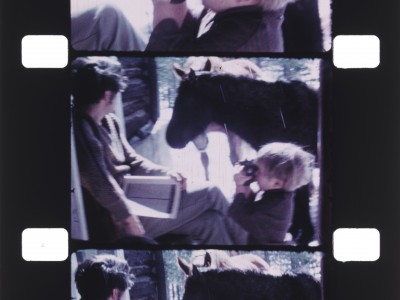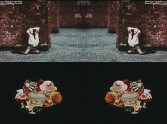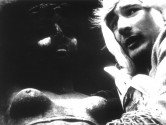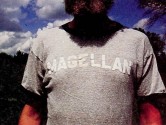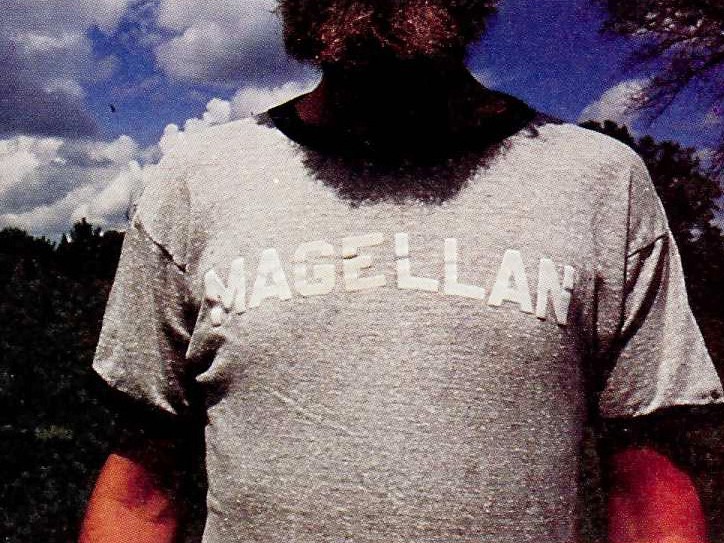
Magellan - Program 1
Screening on Film
Magellan, Hollis Frampton's (1936-1984) most ambitious and complex film project, is generally less recognized than his other work, and its invisibility is understandable. The spectator who approaches the unfinished Magellan confronts only fragments; the completed Magellan films comprise only about 8 out of the 36 hours planned. Moreover, Frampton intended Magellan to be a calendrical cycle, with specific films to be shown on each day of the year-properly viewed it would be 369 days long. Metaphorically modeled on Ferdinand Magellan's exploratory circumnavigation of the world, the project aspired to remarkable aesthetic, historiographic, and conceptual challenges to cinema and perception. Structurally complex, the films in the cycle are divided at the first level into three groups (Birth of Magellan, The Straits of Magellan, and Death of Magellan), forming a "a series of shaped observations that include portraits, cadaver footage, re-stagings of Lumière films, visits to slaughterhouses, double exposures, a field of peaceful dairy cattle, allusions to Muybridge, electronic imagery, industrial pictures, a state fair—a kind of capsule version of the twentieth century that might have been placed on the Voyager spacecraft as it soared out of the solar system to worlds unknown" (Robert Haller).
PROGRAM
-
Cadenza I and XIV [Birth of Magellan]
Directed by Hollis Frampton.
US, 1977-80, 16mm, color, silent, 11 min.
A prelude to Magellan's universe, rife with allusions to creation and Duchampian sexual puns: "the film about the bride in which two gentlemen, who we may presume to be bachelors, strip more or less bare a putative bride of some sort" (HF).
-
Mindfall I and VII [Birth of Magellan]
Directed by Hollis Frampton.
US, 1977-80, 16mm, color, 36 min.
Emerges out of HF's experiments with sound and Eisenstein's "vertical montage": "if you start responding to every stimulus, then you end up as a nerve gas case, quite literally. All the neurons fire at once" (HF).
A film of multiple superimpositions, utilizing the images of solanumcigelam (see below) and the hexagonal images that recur throughout Magellan.
"Designed to be shown on the second day of the Magellan cycle. The title (nox/luceo) means something that shines at night, i.e., the moon [...] The second day of the cycle seems to be an inventory of the knowledge, machines, and arms that Magellan-and latter-day voyagers like HF-had at the outset of his journey."
Directly inspired by the Lumiére brothers' actualities, these one-minute films (49 collected in Drafts and Fragments) are arranged around the circumference of the Magellan Calendar. Named Panopticons they allude to Jeremy Bentham's famous plan for a prison, and point to the dark ironies of Magellan's Enlightenment project.

